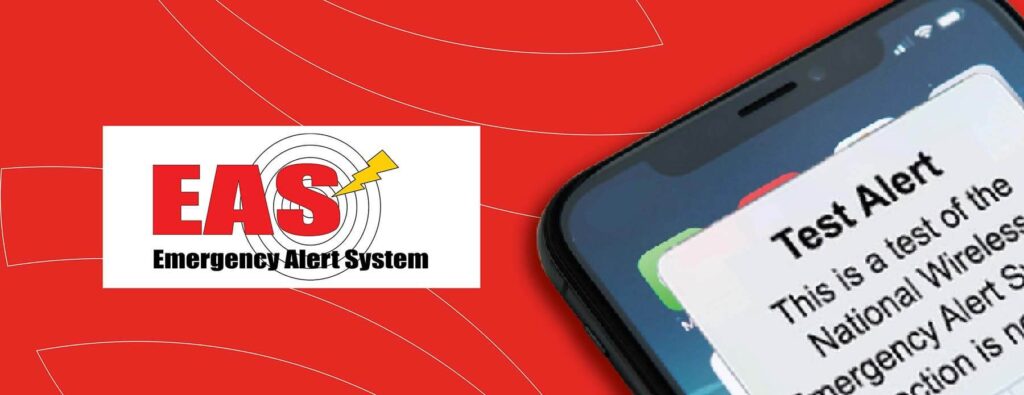Understanding the Emergency Alert System (EAS): An Overview
The Emergency Alert System (EAS) serves as a lifeline, providing critical emergency communications nationwide. Here’s a deep dive into its mechanics, significance, and what you should expect.
- What is the EAS: The Emergency Alert System is more than just an alarm. It’s a sophisticated national public warning mechanism authorities trust to relay urgent emergency data. Collaboratively maintained by the Federal Emergency Management Agency (FEMA), the Federal Communications Commission (FCC), and the National Oceanic and Atmospheric Administration’s National Weather Service (NWS), this system is our frontline defense for timely alerts ranging from hazardous weather to AMBER alerts.
- Who’s Involved: Participation is vast. Many entities play a role, from radio and television broadcasters to cable systems, satellite providers, and wireline video providers. They voluntarily broadcast local alerts, but they’re all equipped—by mandate—to enable the U.S. President to communicate with the nation during dire emergencies.
- Source of Alerts: While the National Weather Service is a primary alert generator, especially concerning hazardous weather conditions, an increasing number of alerts are now being issued by local, state, territorial, and tribal authorities. Their role is becoming pivotal as diverse emergency situations arise.
Why Test the EAS?
Testing isn’t just for show. According to the IPAWS Modernization Act of 2015, FEMA must execute a nationwide EAS test once every three years. The goal? To ensure the President can alert the public efficiently during crises like natural disasters or acts of terrorism. These tests evaluate the EAS’s readiness and our alerting capabilities, especially in scenarios without internet access.
Testing also fosters stronger ties between various sectors. By conducting these tests, the bridge between the broadcast, wireless, and emergency management communities is strengthened, ensuring smoother communication during actual emergencies.
Tomorrow, October 4th is the big day!
At 2:20 p.m. ET on October 4th, the nationwide EAS and the Wireless Emergency Alerts (WEA) is scheduled. The WEA test is unique, targeting all consumer cell phones. Alerts will be in English or Spanish based on user settings. In case of unexpected disruptions, the backup date is October 11th. Radios and televisions will also be part of this test, marking the seventh of its kind.
When the alert sounds, there’s no cause for panic. It’s a test, a practice run. No action is needed—just awareness and understanding that our systems are actively working to keep us safe.
Learn more about all emergency alerting systems on Ready.gov/alerts.



